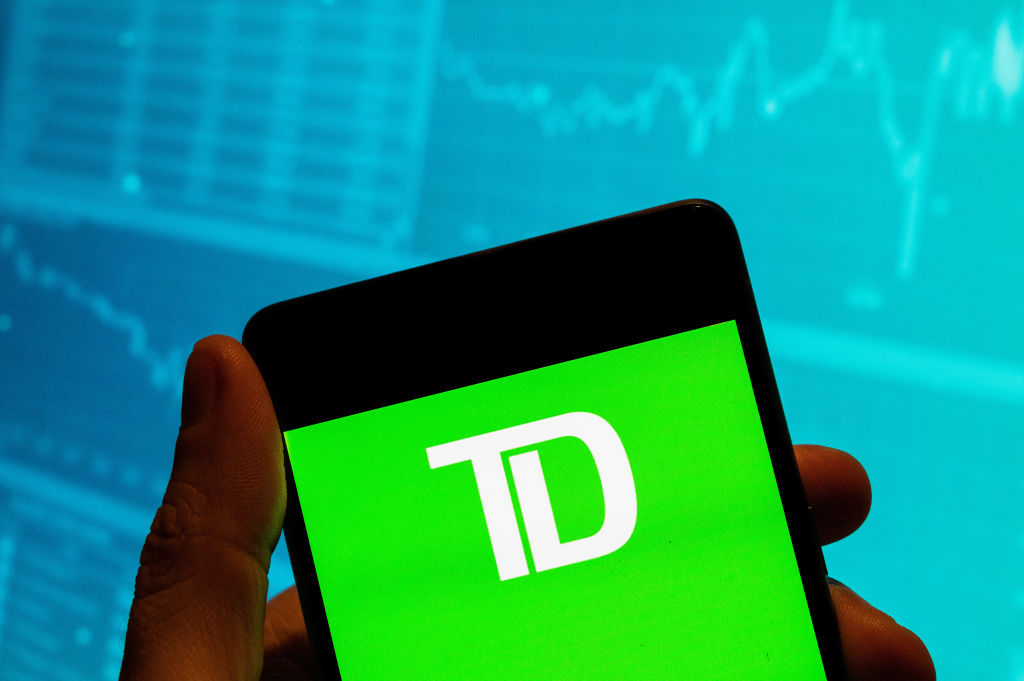TD is leaning on artificial intelligence to strengthen its mortgage and retail banking business, telling investors it sees both a $40-billion opportunity to win back client mortgages held at rival lenders and major efficiency gains from automating approvals, pre-approvals and client service.
CEO Raymond Chun framed the strategy as a way to deepen relationships with existing clients. “In Canada, we’ve earned the trust of an enormous client base and lead in retail banking in primacy,” he said.
He also underscored efficiency gains as a cornerstone of the plan, telling investors that AI-driven speed and consistency will play a critical role in both client satisfaction and long-term profitability.
“We’re approving mortgages in hours instead of days. We’re pre-approving credit cards with data-driven insights for millions of clients. We’re producing reports in minutes vs. hours or days, and we’re responding to clients in just a few seconds, significantly shortening call and wait times,” he said.
AI-enabled adjudication is already reducing turnaround times, lifting one-day mortgage approvals by 20% in the mobile specialist channel, the bank noted.
TD also highlighted TD Mortgage Direct, a digital funnel that turns online interest into instant callbacks from specialists. That channel has already funded $4.6 billion and converts at four times the old process.
With 93% of routine transactions now handled digitally, TD wants branches to focus less on bill payments and deposits and more on mortgages, renewals and investing. Another 500 branch staff will be redeployed into home-borrowing or investing roles, with referrals to wealth advisers already up 18%.
TD has also reorganized its proprietary mortgage channels, bringing mobile specialists and in-branch bankers closer together on complex deals. That collaboration is already showing results, with branch referrals funding three times as many mortgages and overall productivity up more than 40%, the bank confirmed.
How AI is reshaping TD
TD used Investor Day to frame AI as a bank-wide operating system, not a side project. Leaders rattled off early wins from automation and predictive models across lending, cards, service, and insurance.
- Mortgages: underwriting cycle times are shifting from days to hours as AI-enabled adjudication ramps up.
- Pre-adjudication: document and eligibility reviews that once took hours are being compressed to minutes.
- Cards: TD is leaning into propensity and risk models to expand credit-card pre-approvals among existing primary clients—“starting with yes” more often while holding credit quality.
- Service ops: internal GPT-style tools are collapsing handle times in contact centres and rolling into branches next.
- Insurance: AI claims management is expected to remove $40 million in annual costs, with TD piloting agentic workflows that aim to settle straightforward auto claims in 15 minutes or less.
Chun said these examples show how AI is reshaping the customer experience, not just internal workflows.
He also underscored the scale of TD’s ambition, stressing that the bank’s push into AI isn’t about incremental improvements but about delivering measurable gains across the business. “We’re targeting $1 billion in annual value from AI, half through revenue uplift and half through cost savings,” he said, pointing to the bank’s in-house expertise at Layer 6, TD’s Toronto-based AI research lab, along with a 2,500-person data and AI engineering bench.
Resetting costs, addressing investor concerns
Beyond new products and client-facing tools, executives also stressed the importance of restoring efficiency across the bank.
CFO Kelvin Tran noted that TD’s efficiency ratio currently sits at about 58%, with plans to push it lower as expense savings take hold. The bank is targeting $2–$2.5 billion in run-rate savings, including up to $450 million from shifting more transactions to digital channels and reshaping its branch footprint. Tran told investors that 2025 will mark the peak in expense growth, with efficiency expected to normalize into the low 50s over the medium term.
Executives stressed that AI is central to this plan, not only for efficiency gains but also for tightening oversight. That point became especially relevant when analysts questioned whether scaling AI across so many processes could actually heighten operational or credit risk.
Management’s response was that automation does the opposite: by removing manual variability, it reduces risk and enhances fraud detection and adjudication consistency. As Chun put it, the gains come “not by taking more risk, but by eliminating manual touches.”
Looking ahead, TD is targeting a 13% return on equity in fiscal 2026 and 16% by 2029, with mortgage growth and fee income in wealth and insurance among the key drivers.
Visited 503 times, 503 visit(s) today
agentic AI AI big banks investor day Kelvin Tran Layer 6 mortgage underwriting Raymond Chun td td bank TD Mortgage Direct technology
Last modified: September 30, 2025

